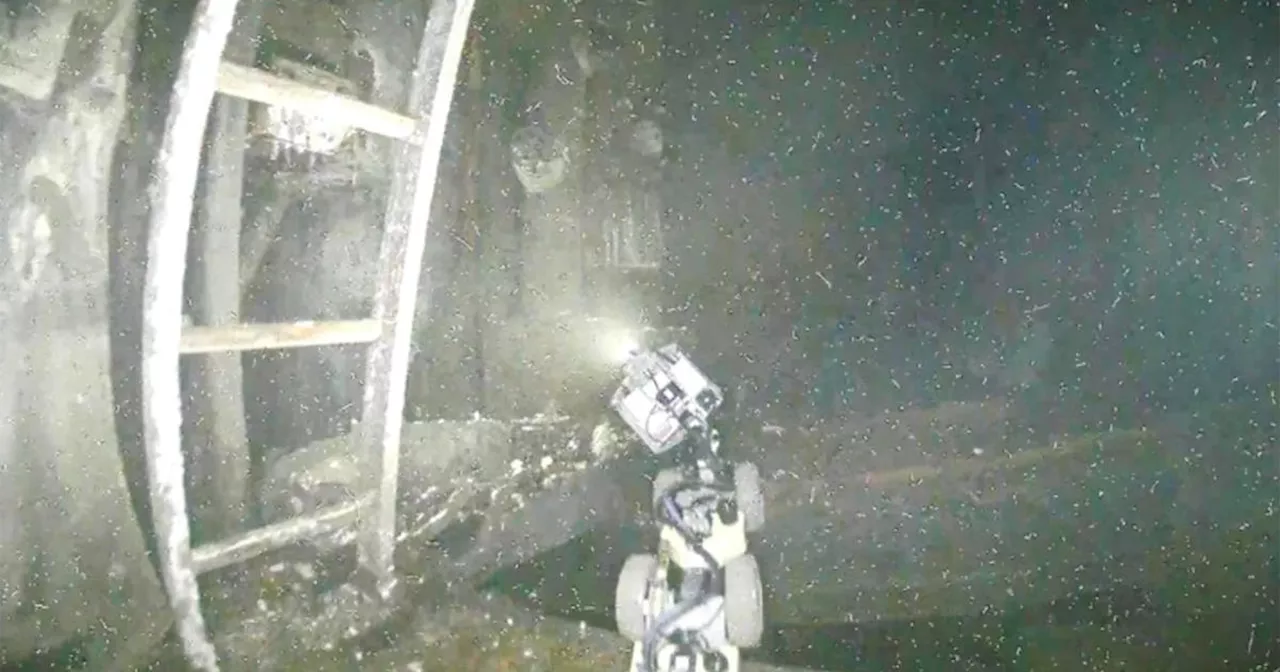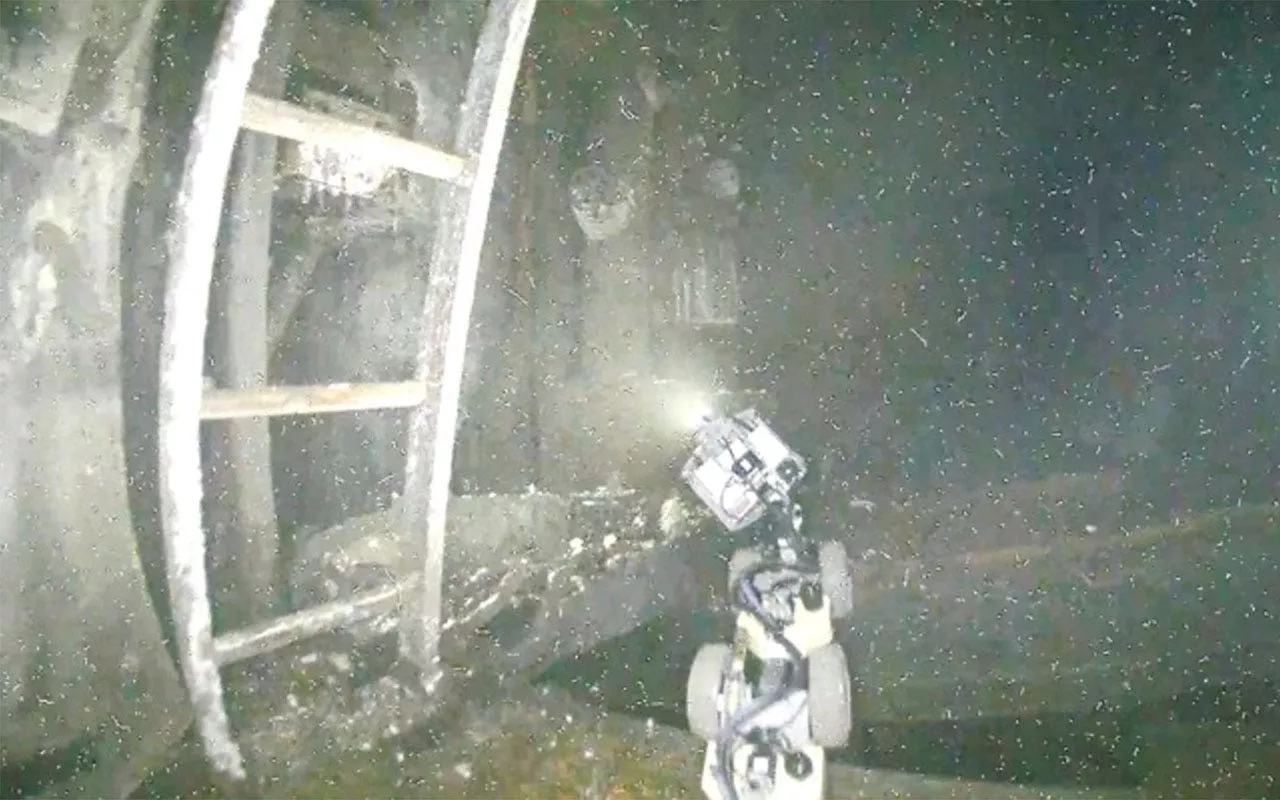A new chemical reactor designed by University of Michigan engineers efficiently converts natural gas into propylene, offering significant cost savings in the production of essential industrial and consumer products. This breakthrough could reduce manufacturing costs in a post-petroleum economy by millions of dollars.
A breakthrough reactor designed by University of Michigan engineers efficiently converts natural gas into propylene, promising substantial cost savings in the production of essential industrial and consumer products .
A new way to make an important ingredient for plastics, adhesives, carpet fibers, household cleaners, and more from natural gas could reduce manufacturing costs in a post-petroleum economy by millions of dollars, thanks to a new chemical reactor designed by, including ingredients for nitrile rubber found in automotive hoses and seals as well as blue protective gloves. Most propylene used today comes from oil refineries, which collect it as a byproduct of refining crude oil into gasoline. As oil and gasoline fall out of vogue in favor of natural gas, solar, and wind energy, the production of propylene and other oil-derived products could fall below the current demand without new ways to make the
Breakthrough Reactor Natural Gas Propylene Cost Savings Industrial Products Consumer Products Plastics Adhesives Carpet Fibers Household Cleaners Nitrile Rubber Automotive Hoses Seals Protective Gloves Oil Refineries Crude Oil Gasoline Renewable Energy
United States Latest News, United States Headlines
Similar News:You can also read news stories similar to this one that we have collected from other news sources.
 Chicago sues Glock over switch that converts pistols to machine gunsDevices known as auto sears, or “Glock switches,” are cheap, easy to install and can make a pistol fire much faster.
Chicago sues Glock over switch that converts pistols to machine gunsDevices known as auto sears, or “Glock switches,” are cheap, easy to install and can make a pistol fire much faster.
Read more »
 Chicago sues Glock over switch that converts pistols to machine gunsDevices known as auto sears, or “Glock switches,” are cheap, easy to install and can make a pistol fire much faster. Chicago claims Glock has done nothing to stop their proliferation.
Chicago sues Glock over switch that converts pistols to machine gunsDevices known as auto sears, or “Glock switches,” are cheap, easy to install and can make a pistol fire much faster. Chicago claims Glock has done nothing to stop their proliferation.
Read more »
 Miniature drones capture images inside damaged reactor at Fukushima nuclear plantImages taken by miniature drones from deep inside a badly damaged reactor at the Fukushima nuclear plant show displaced control equipment and misshapen materials but leave many questions unanswered, underscoring the daunting task of decommissioning the plant.
Miniature drones capture images inside damaged reactor at Fukushima nuclear plantImages taken by miniature drones from deep inside a badly damaged reactor at the Fukushima nuclear plant show displaced control equipment and misshapen materials but leave many questions unanswered, underscoring the daunting task of decommissioning the plant.
Read more »
 Drones examine Japan's damaged Fukushima nuclear reactor for the first timeImages taken by miniature drones deep inside a badly damaged reactor at the Fukushima nuclear plant reveal displaced control equipment and misshapen materials.
Drones examine Japan's damaged Fukushima nuclear reactor for the first timeImages taken by miniature drones deep inside a badly damaged reactor at the Fukushima nuclear plant reveal displaced control equipment and misshapen materials.
Read more »
 New images released from inside Fukushima nuclear power plant reactorNew images have been released showing the scale of destruction inside an old reactor at Japan's crippled Fukushima nuclear power plant.
New images released from inside Fukushima nuclear power plant reactorNew images have been released showing the scale of destruction inside an old reactor at Japan's crippled Fukushima nuclear power plant.
Read more »
 Drones offer a glimpse inside Fukushima nuclear reactor 13 years after disasterAndrew Paul is Popular Science‘s staff writer covering tech news. Previously, he was a regular contributor to The A.V. Club and Input, and has had recent work featured by Rolling Stone, Fangoria, GQ, Slate, NBC, as well as McSweeney’s Internet Tendency. He lives outside Indianapolis.
Drones offer a glimpse inside Fukushima nuclear reactor 13 years after disasterAndrew Paul is Popular Science‘s staff writer covering tech news. Previously, he was a regular contributor to The A.V. Club and Input, and has had recent work featured by Rolling Stone, Fangoria, GQ, Slate, NBC, as well as McSweeney’s Internet Tendency. He lives outside Indianapolis.
Read more »
